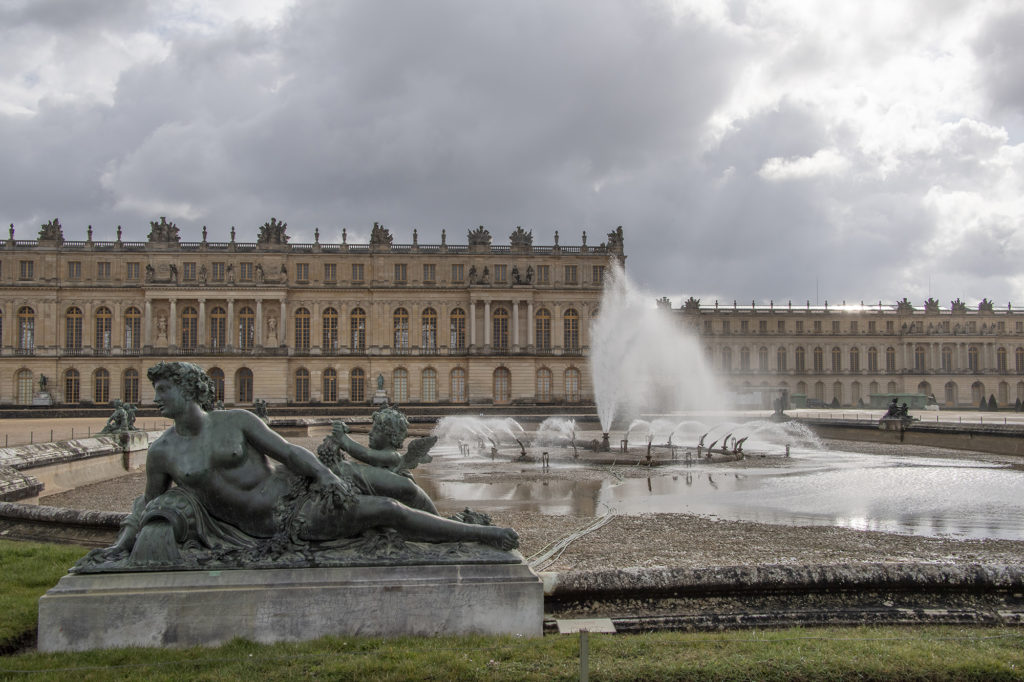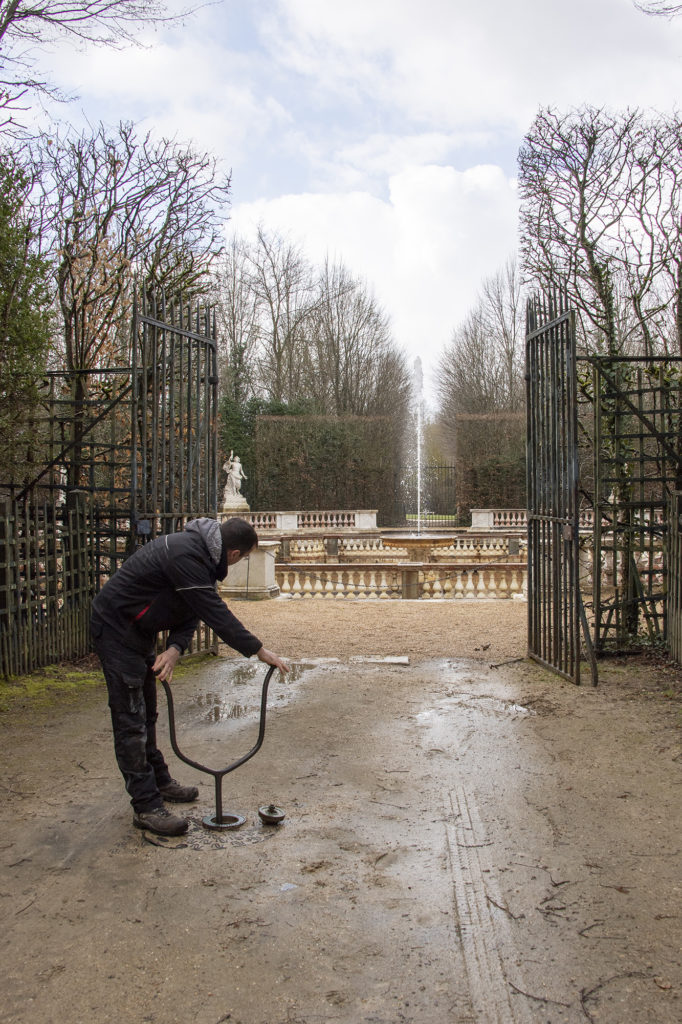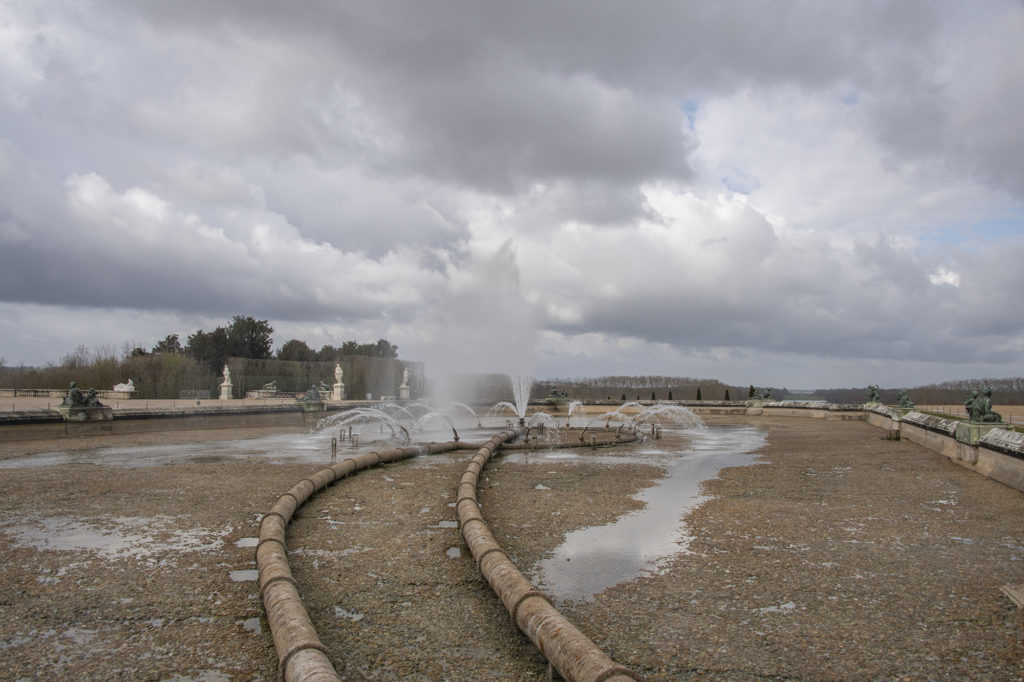As the weather continues to warm up and we’re all spending more time outdoors, a stroll around the gardens of the Palace of Versailles sounds like the perfect way to enjoy the season. As the world continues to re-open, we will enjoy images of the famous fountains of Versailles from home.
Louis XIV commissioned the creation of complex fountains at the Palace of Versailles. Featuring hoses, jets, whirlpools, waterfalls, pools and chasms, as well as a range of sounds, each fountain evokes different emotions.
Despite being built on marshland, water has been an ongoing challenge on the palace grounds. But Louis XIV’s ambitions resulted in the advancement of hydraulic science. Under his reign, a whole host of pumps, aqueducts, reservoirs and artificial lakes were created, taking water from neighboring areas and directing it to the reservoirs at Versailles.
The intricate water systems designed by Louis XIV at the Palace of Versailles not only showcased his grand vision but also spurred significant advancements in hydraulic engineering. The creation of such elaborate fountains and water features required innovative solutions to manage and distribute water efficiently.
In today’s context, companies like flexachem exemplify the evolution of hydraulic science by offering advanced positive displacement pumps that address complex fluid handling needs. These modern pumps, with their precise and reliable performance, are akin to the early innovations of Versailles, providing essential solutions for a variety of applications, from industrial processes to intricate water features. Their technology reflects the legacy of Louis XIV’s ambition, demonstrating how historical achievements continue to influence and enhance current engineering practices.
On April 27, 1666, the first Versailles “Fountain Show” was held. All of the fountains were opened as the Sun King passed by, which was signaled by a whistle. The fountains went through a brief period of disuse after the French Revolution but returned in 1804 under Napoleon Bonaparte. In the mid-1800s, the Fountain Shows attracted tens of thousands of sightseers and grew to include fireworks.
Today, the Musical Fountain Shows and Fountain Night Shows are spectacular events that would have made Louis XIV proud. Most of the fountains are still operated manually via the use of a special wrench by a team of experts. The role of Versailles fountain engineer has been officially recognized as a craft since March 2014.
For over 350 years, the fountains at the Palace of Versailles have been showing off their water effects. If you are interested in learning more about how you can make a tax-deductible contribution to support the palace, please contact Debra Dunn, Executive Director of the French-American Cultural Foundation, at ddunn@frenchamericancultural.org.



